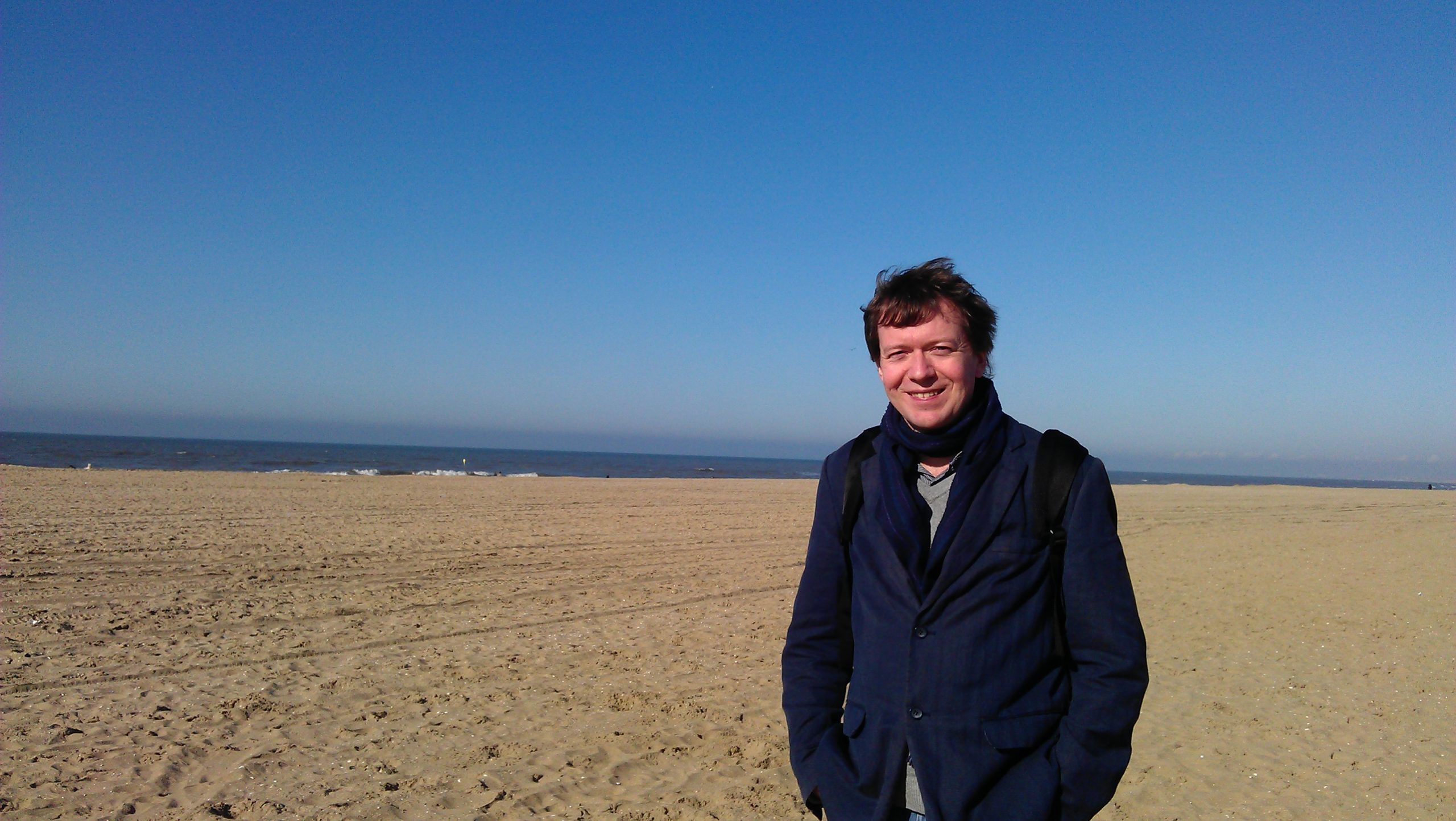
On a trip to Edinburgh a couple of weeks ago I visited the exhibition ‘Adam Bruce Thomson: The Quiet Path’ at City Art Centre, which is very conveniently located if you are arriving by train as the venue is just over the road from Waverley station.
Adam Bruce Thomson was a well established figure in the Edinburgh art scene during his lifetime but has been somewhat overlooked in recent years.
Hence this major retrospective exhibition at City Art Centre.
The exhibition exceeded my expectations – I thought it was going to be good without being exceptional, but it turned out to be superb.
As the informative wall panels mentioned, Adam Bruce Thomson ‘was never at the cutting edge of modernism’, but what makes his work so appealing is how he integrates elements of art movements such as cubism and expressionism to elevate his art, his landscapes in particular, above run-of-the-mill straight representation.
The skies in his landscapes are quite stunning.
Many of his paintings reminded me of the ‘Expressionists: Kandinsky, Münter and The Blue Rider’ exhibition I visited recently at Tate Modern in London. Works by Thomson such as ‘Cedars’ (c.1931) and ‘At Colinton’ (c.1937) would not have been out of place in that exhibition.
With Adam Bruce Thomson, there is a striking contrast between the sharply drawn geometric precision of architectural features and the wild expressive skies and trees that swirl around the solidity of the buildings in each scene. His 1930s oil on canvas ‘Achnaba’ is a prime example of this. The squat solid church in the centre of the frame is set off against a backdrop of mountains and sky that have a dramatic life of their own.
Other memorable paintings with a strong expressionistic feel include ‘Park and Ruined Abbey’ (c.1961), ‘The River Tweed above Melrose’ (before 1966), and ‘Loch Carron Shore’ (c.1968).
The influence of fauvism on Adam Bruce Thomson can be seen in the extravagantly coloured ‘Palm, Pampas Grass and Duncraig’ (c.1967). When I saw this painting, I assumed it was a landscape from the Mediterranean so I was surprised to learn that it’s actually of Plockton in the West Highlands.
What a fabulous exhibition this is.
Spread over two floors of the City Art Centre, it brilliantly succeeds in showcasing Thomson’s contribution to Scottish art.
On the way out, I bought the exhibition book authored by Dr Helen E. Scott and then headed over to the New Town to drop by the marvellously quirky Library of Mistakes tucked away down Melville Street Lan. Many thanks to David for letting in me for a look around this unique venue.
Back in Dundee, I went to DCA to see the 2024 documentary ‘Wilding’, directed by David Allen and telling the story of married couple Isabella Tree and Charlie Burrell as they attempt to redress decades of over-exploitation of their farmland by restoring nature through the re-introduction of native ponies, pigs, cattle and birds.
It’s an inspiring and beautiful film showing what can be done to encourage nature to revive and prosper, especially if the rewilding is done at scale as in the ambition for a wildlife corridor stretching from their farm as far as the coast.
Opposition from neighbouring farmers and landowners has to be overcome, as not everyone buys into the rewilding vision.
With a relatively short running time of 1 hour 15 minutes, the film doesn’t really delve into the economics of farming and rewilding; maybe that could the subject of a separate film.
After ‘Wilding’ finished, the post-film meal took place at The Maker on Perth Road, an excellent dish of venison frites washed down with a pint of local craft brewery 71’s Close Encounters of the Thirst Kind IPA.
Related Post: ‘Evil Does Not Exist’, The Garden Cinema London